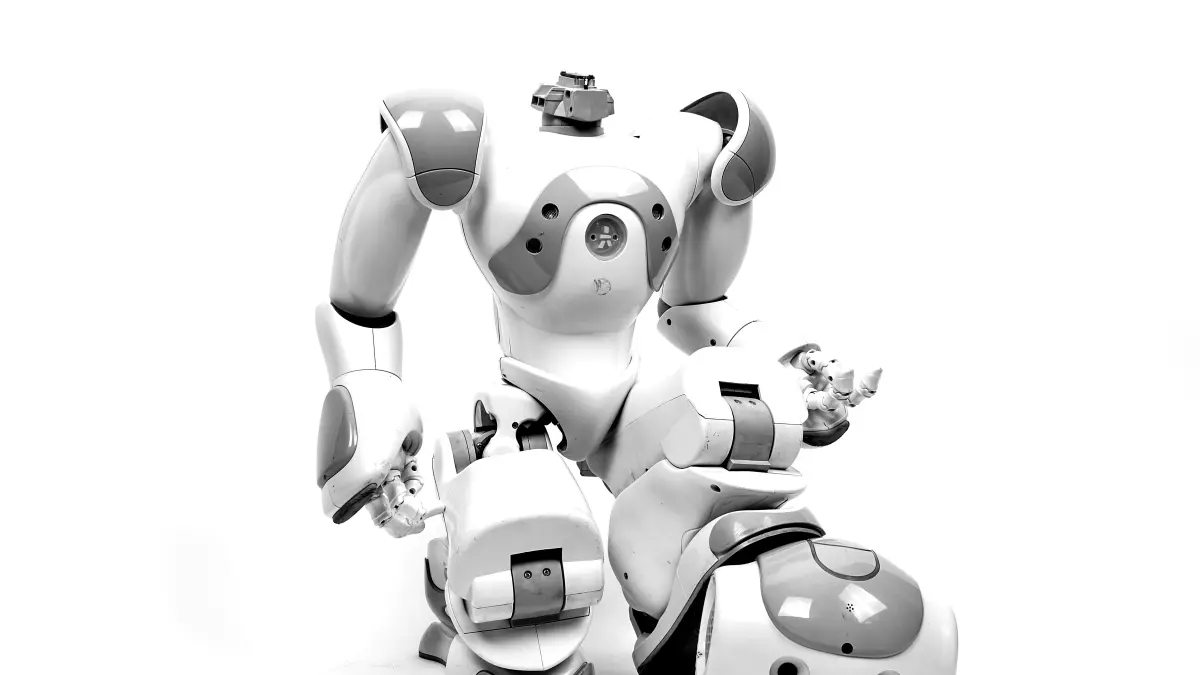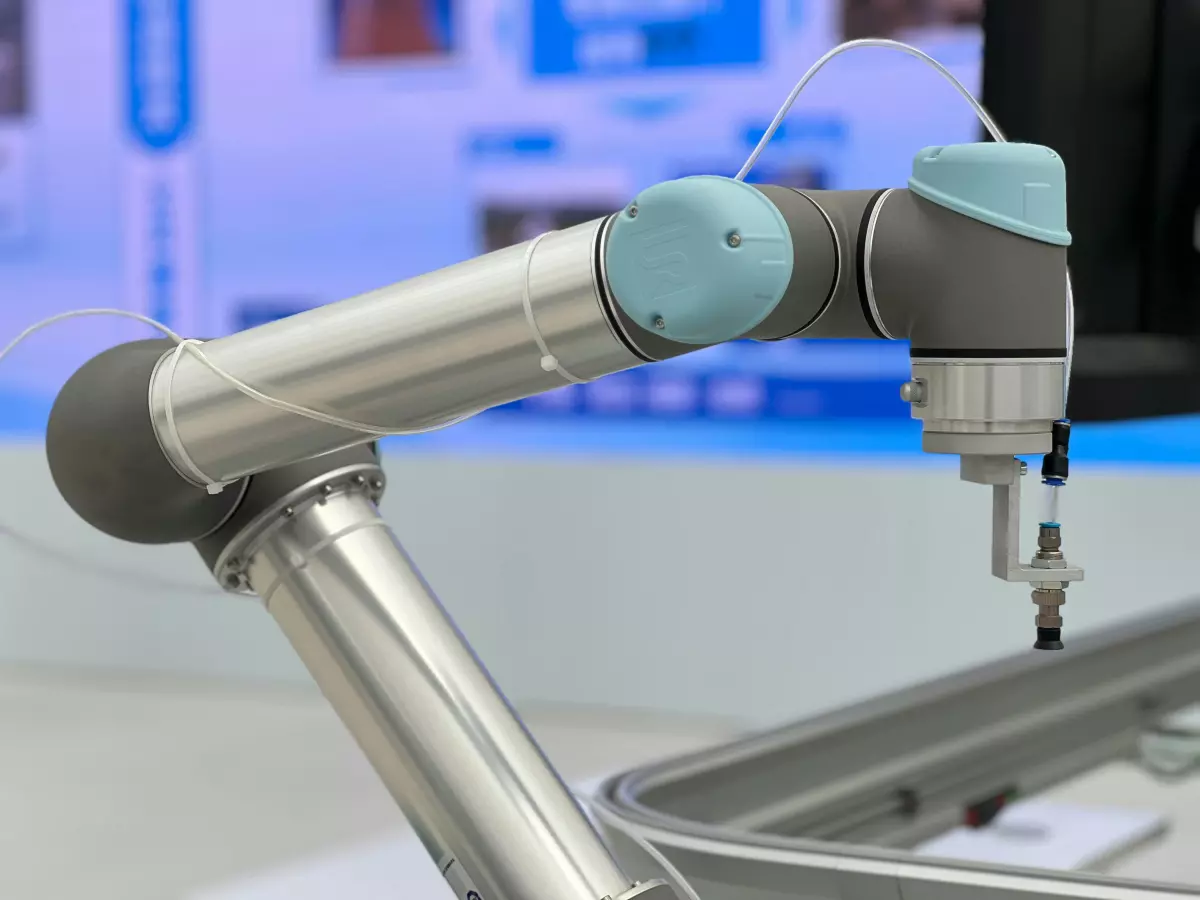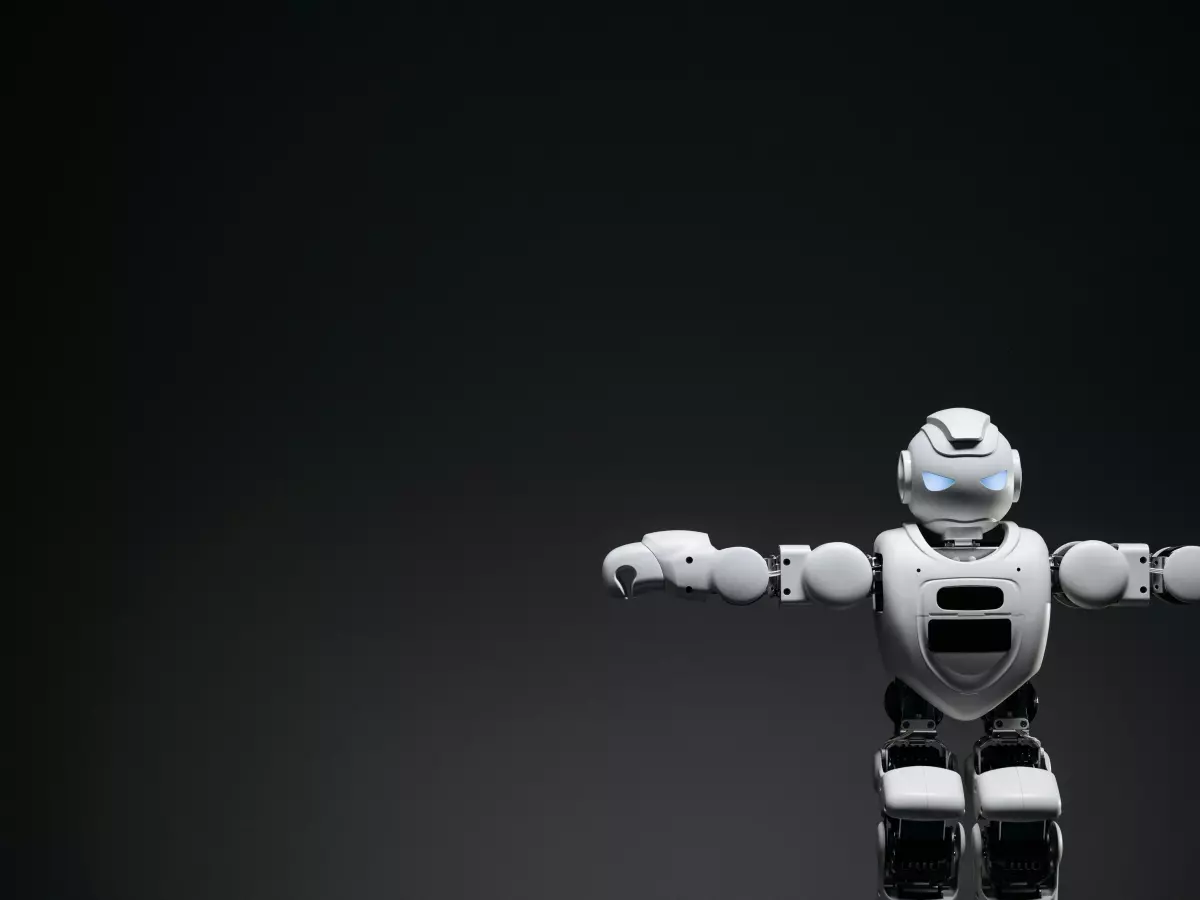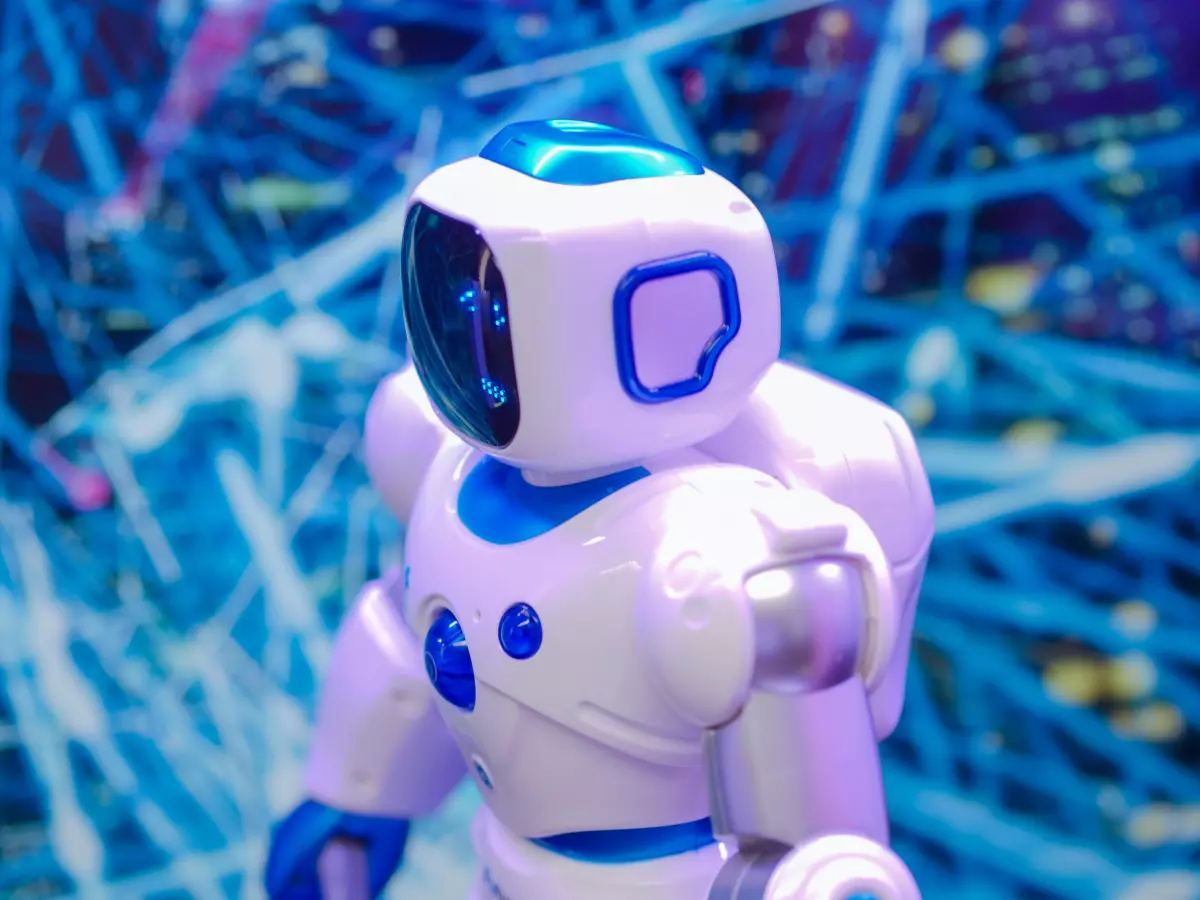Designing the Future
Imagine a world where robots walk, talk, and even move like humans, seamlessly blending into our daily lives. But have you ever wondered what goes into designing such a machine?

By Laura Mendes
Humanoid robots have come a long way since their early days in science fiction. Back then, they were clunky, slow, and, let’s be honest, a little creepy. Fast forward to today, and we’re seeing robots that can not only walk but also perform complex tasks like picking up objects, climbing stairs, and even dancing (yes, dancing!). But none of this would be possible without the intricate design choices that go into building these machines.
In the past, humanoid robots were more about the ‘wow’ factor than actual functionality. They were designed to look human but lacked the sophisticated technology needed to move and interact like one. The focus was on aesthetics rather than performance. However, as technology advanced, so did the need for robots to do more than just look cool. Engineers began to prioritize function over form, leading to the development of better sensors, motion control algorithms, and overall design.
So, what’s the secret sauce behind today’s humanoid robots? It’s all about the balance between design, sensor integration, and motion control. These three elements work together to create robots that can not only move but also understand and interact with their environment.
Design: More Than Just Looks
When we think of humanoid robots, we often picture something that looks like us—two arms, two legs, a head, and maybe even a face. But the design of a humanoid robot is about much more than just mimicking human appearance. Engineers have to consider factors like weight distribution, joint flexibility, and energy efficiency. After all, a robot that looks human but can’t move efficiently is pretty useless.
One of the biggest challenges in humanoid robot design is finding the right materials. The robot needs to be lightweight enough to move quickly but also strong enough to perform tasks. This is where materials like carbon fiber and lightweight metals come into play. But even with the right materials, the design has to account for how the robot will move. This is where sensor integration and motion control come in.
Sensors: The Robot’s Eyes, Ears, and Skin
Think about how you move through the world. You rely on your senses to understand your environment—your eyes to see, your ears to hear, and your skin to feel. Humanoid robots work in much the same way, but instead of biological senses, they use sensors.
Sensors are crucial for a robot’s ability to interact with its surroundings. They allow the robot to detect obstacles, measure distances, and even feel pressure. But it’s not enough to just slap a bunch of sensors onto a robot. The sensors need to be integrated into the design in a way that allows the robot to process and react to the information they provide.
For example, a robot’s vision system needs to be able to detect objects in its path and adjust its movement accordingly. This requires not only high-quality cameras but also advanced algorithms that can process the visual data in real-time. Similarly, touch sensors in the robot’s hands allow it to grasp objects with the right amount of force, preventing it from crushing delicate items.
Motion Control: The Brain Behind the Movement
Now, let’s talk about motion control. This is where the magic happens. Motion control algorithms are like the brain of the robot, telling it how to move based on the information it receives from its sensors. These algorithms are responsible for everything from walking to picking up objects to maintaining balance.
One of the biggest challenges in motion control is making the robot’s movements look natural. After all, no one wants a robot that moves like a stiff, clunky machine. Engineers use a combination of pre-programmed movements and real-time adjustments based on sensor data to achieve smooth, human-like motion.
But motion control isn’t just about looking good. It’s also about efficiency. A robot that moves too slowly or uses too much energy won’t be very practical in the real world. Engineers are constantly working to improve the efficiency of motion control algorithms, allowing robots to move faster and more smoothly while using less energy.
The Future of Humanoid Robots
So, where do we go from here? As technology continues to advance, we can expect to see even more sophisticated humanoid robots. Engineers are already working on improving sensor integration and motion control algorithms to make robots more efficient and capable of performing even more complex tasks.
But there’s still a long way to go. While today’s humanoid robots are impressive, they’re still far from perfect. They struggle with tasks that require fine motor skills, and their movements can still be a bit jerky at times. But with continued advancements in design, sensor integration, and motion control, the future of humanoid robots looks incredibly promising.
So, the next time you see a robot walking down the street (yes, it could happen!), take a moment to appreciate the incredible design and technology that went into making it move like a human.





